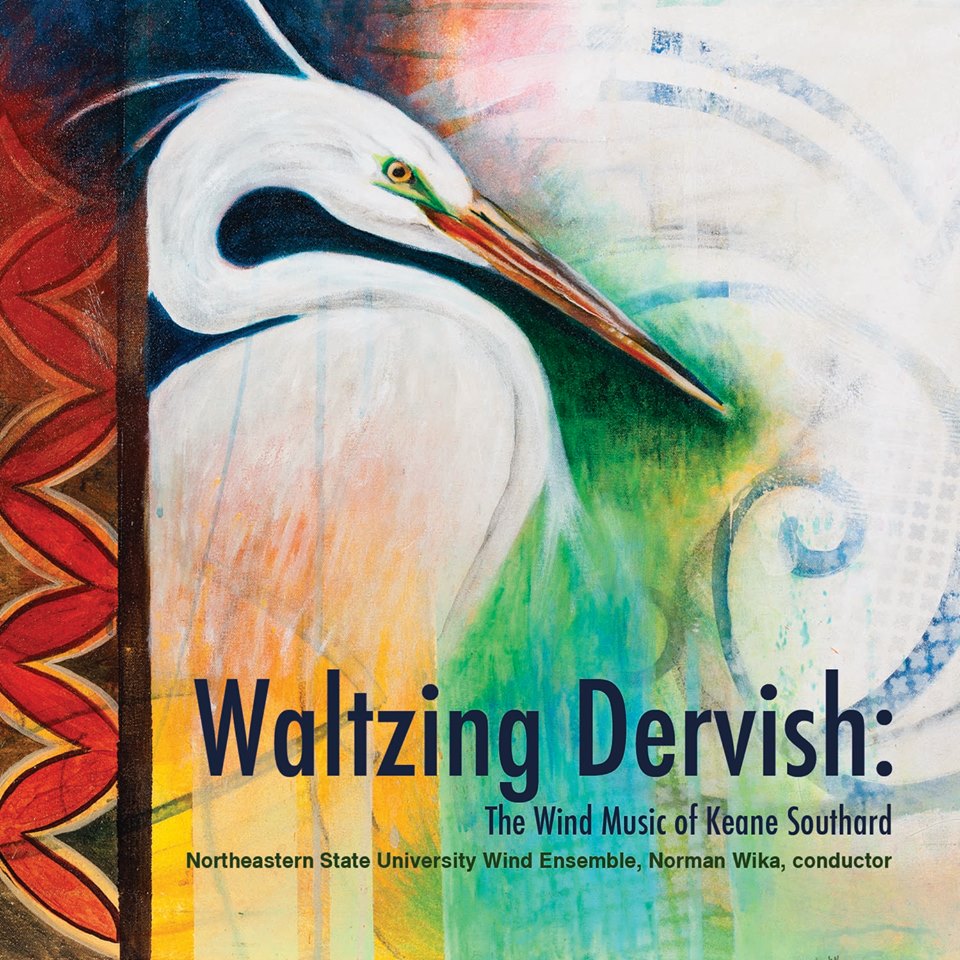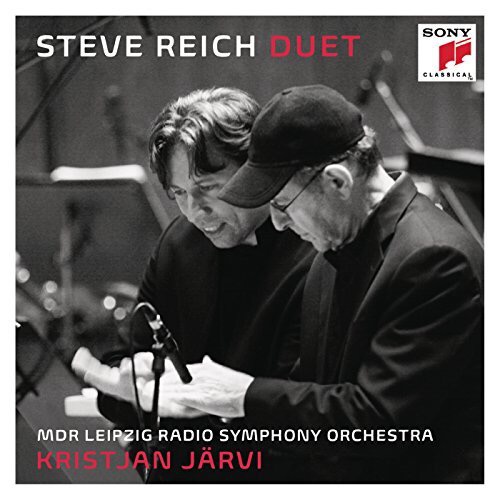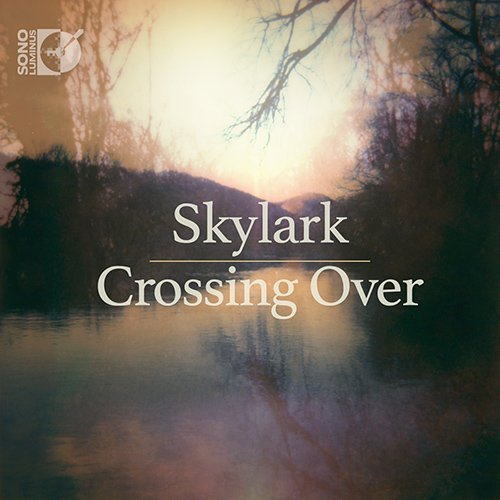
Esperanto is a constructed language brought into being in an 1887 book by a Polish-Jewish doctor by the name of L. L. Zamenhof (1861-1917). This constructed language was intended in part as an intellectual exercise which might contribute to greater international discourse and perhaps understanding. He outlined his intentions as follows:
- “To render the study of the language so easy as to make its acquisition mere play to the learner.”
- “To enable the learner to make direct use of his knowledge with persons of any nationality, whether the language be universally accepted or not; in other words, the language is to be directly a means of international communication.”
- “To find some means of overcoming the natural indifference of mankind, and disposing them, in the quickest manner possible, and en masse, to learn and use the proposed language as a living one, and not only in last extremities, and with the key at hand.
Esperanto did gain a great deal of popularity and there are still adherents today (an estimated 2 million people worldwide). Lou Harrison was one of the users of this language (users are known as “Esperantists”).
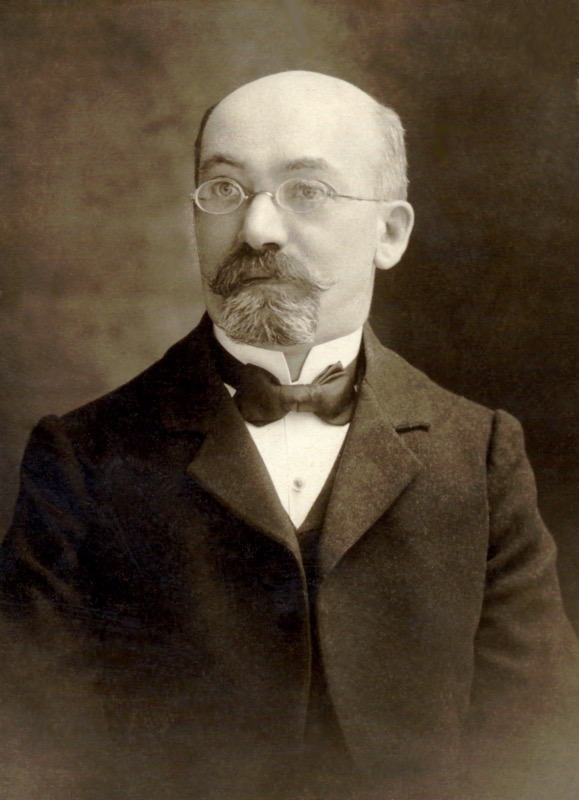
L. L. Zamenhof (1859-1917)
In 1966 a horror film, “Incubus”, written and directed by Leslie Stevens (of Outer Limits fame) was released starring the just pre-Star Trek William Shatner. Once thought lost, this film was restored from a copy found in a French film library. It was only the second (and apparently last) feature film done entirely in Esperanto (the first being the 1964 French production, “Angoroj” or Agonies). It was thought that the use of Esperanto would add a mysterious dimension to the production though detractors challenged the actors’ ability to properly pronounce the dialogue. A link to a Shatner scene is here. https://www.youtube.com/watch?v=accFmyaOj7o
And if you want to sit through the entire film (definitely a cult film experience) you can find it here: https://www.youtube.com/watch?v=LHUfHj2lTaM
Curiously 1917, the year of Dr. Zamenhof’s death, is also the birth year of Lou Harrison, the principal subject of this essay. This patriarch of 20th century modernism was a composer, conductor, musicologist, performer, teacher, dancer, calligrapher, and Esperantist. He used Esperanto to title many of his works and set some Esperanto texts to music.
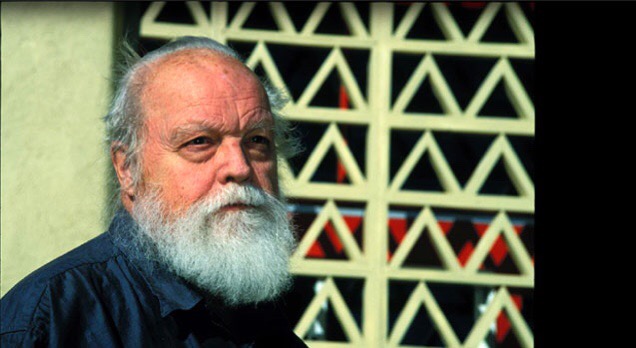
Lou Silver Harrison
And the Buddha Becomes an Esperantist
In his masterful big composition, La Koro Sutro (1972) translated portions of the text of the Buddhist Heart Sutra (into Esperanto) are set for mixed chorus and American Gamelan. Gamelan is an Indonesian mostly percussion orchestra which Harrison studied extensively following the example of pioneering Canadian ethnomusicologist and composer Colin McPhee (1900-1964).
Gamelan was first introduced to western audiences at the 1889 Paris World’s Fair where composers such as Claude Debussy and Erik Satie heard the instruments and later incorporated some of those sounds in their music. (That Gamelan now resides in Chicago’s Field Museum of Natural History.) Harrison’s life partner Bill Colvig, an instrument maker, constructed a percussion ensemble which they called the American Gamelan to differentiate it from the traditional Indonesian ensemble. The American Gamelan, consisting of five percussion instruments (augmented with organ, harp, and chorus) was first used in the cantata La Koro Sutro.
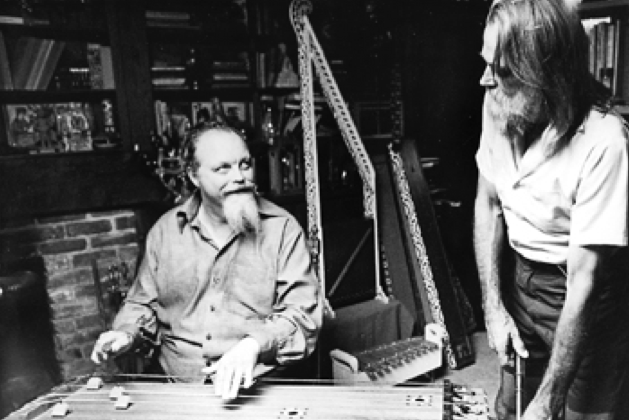
Harriso (left) with Bill Colvig
This composition is very much a synthesis of the composer’s musical and philosophical ideas. Harrison was an avowed pacifist and the Heart Sutra is a key Buddhist scripture which supports introspection and non-violence. Here he uses his expertise as an esperantist, his knowledge of Indonesian as well as western classical music to create one of his largest and finest works.
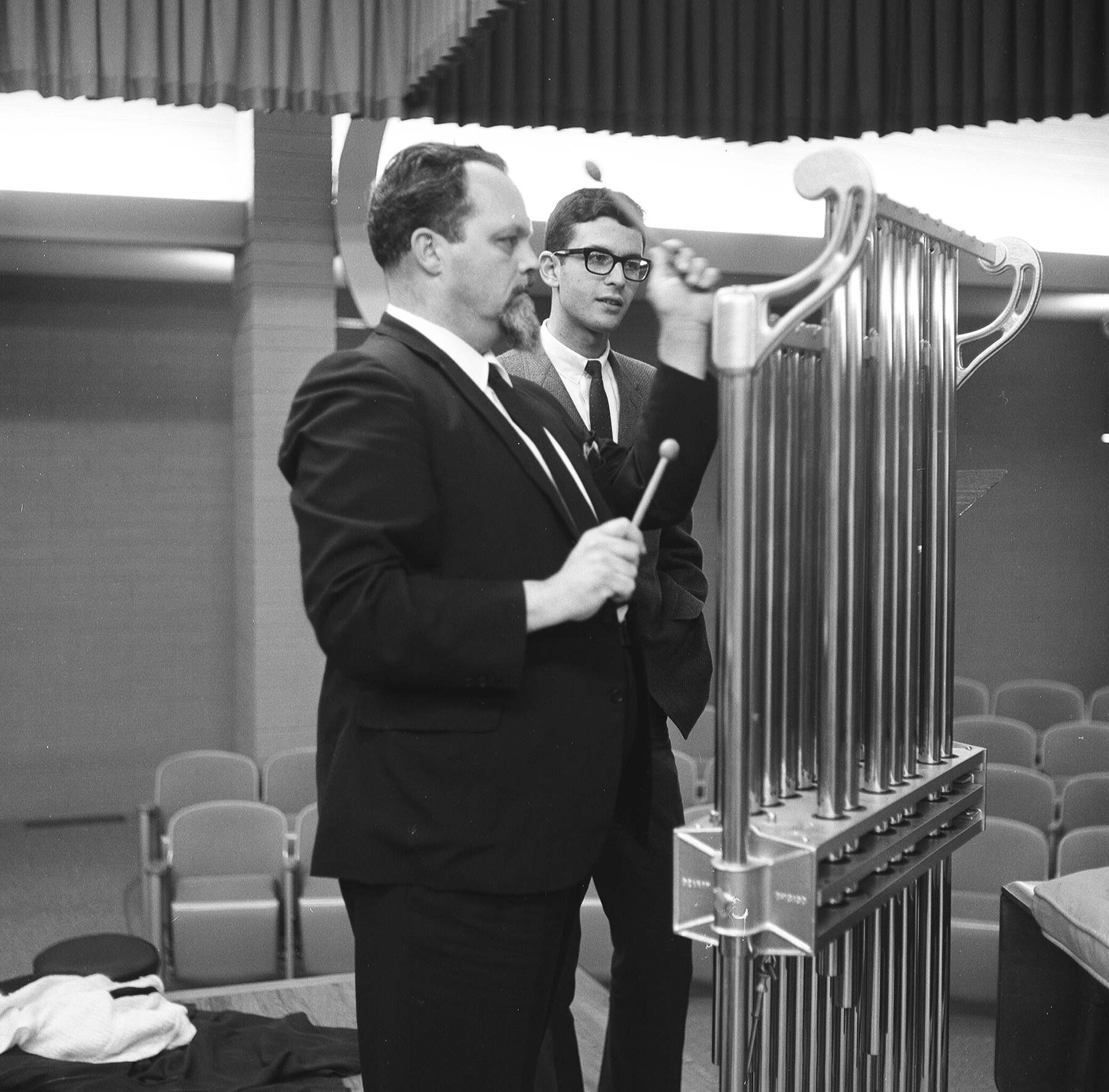
Lou Harrison with Charles Amirkhanian (curator of this concert series) in 1966
It is a testament to Harrison’s influence that this is the fourth performance of La Koro Sutro in the Bay Area. It was written for an Esperanto conference in Seattle in 1972 with a translation by fellow esperantist Bruce Kennedy and was premiered that same year at Lone Mountain College in San Francisco (now part of the University of San Francisco). Additional performances (available on You Tube) were staged in Berkeley in 1973 and again in 2012. This is truly an American masterpiece as well as a prayer for our times.
The performances will take place in the Mission San Francisco de Asís Basilica, better known as Mission Dolores. The mission was founded in 1776 and the still active small adobe church next to the Basilica, built in 1791, is the oldest surviving building in San Francisco. The much larger Basilica next to the adobe church (and the actual location of said concert) was dedicated in 1918.
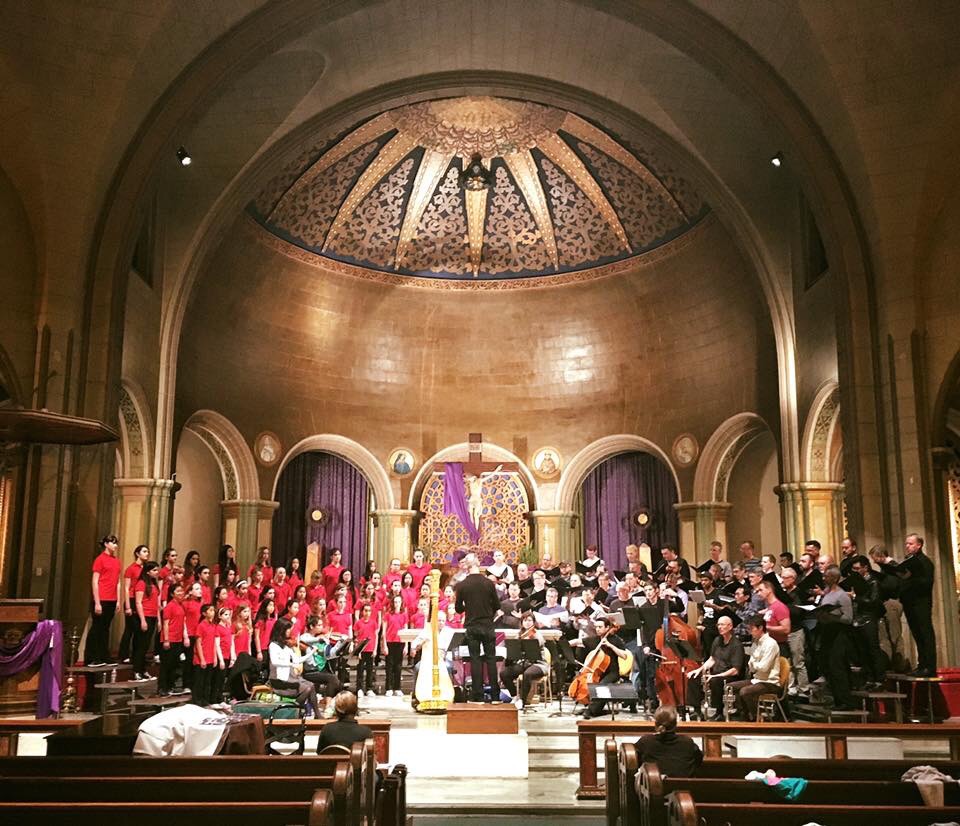
Interior of the historic Mission Dolores Basilica
For the record, a Basilica is a reference to both architectural and spiritual aspects of any church so designated. In the Catholic Church a Basilica is a pilgrimage site, a place to which the faithful travel in a spiritual quest. I don’t believe it is too much of a stretch to view this event as a musico-spiritual pilgrimage open to all ears and minds, and hearts. You won’t come out speaking Esperanto but you will never forget what you’ve heard.
The program will include:
Threnody for Oliver Daniel for harp (1990)
Suite for Cello & Harp (1948)
Meredith Clark, harp
Emil Miland, cello
Pedal Sonata for Organ (1987/1989) Praises for Michael the Archangel (1946-47)
Jerome Lenk, organ
Suite for Violin & American Gamelan (1974, composed with Richard Dee)
Shalini Vijayan, violin
William Winant Percussion Group
La Koro Sutro (The Heart Sutra, 1972)
For large mixed chorus, organ, harp, and American Gamelan
The Mission Dolores Choir, Resound, Jerome Lenk, organ, Meredith Clark, harp, and the William Winant Percussion Group conducted by Nicole Paiement.
Saturday, May 20, 2017- 7:30 p.m.
Mission Dolores Basilica
3321 16th St.
San Francisco, CA
The very affordable tickets ($12-$20) are available at:
http://om22concerttwo.brownpapertickets.com/
Revido tie. (See you there.)

